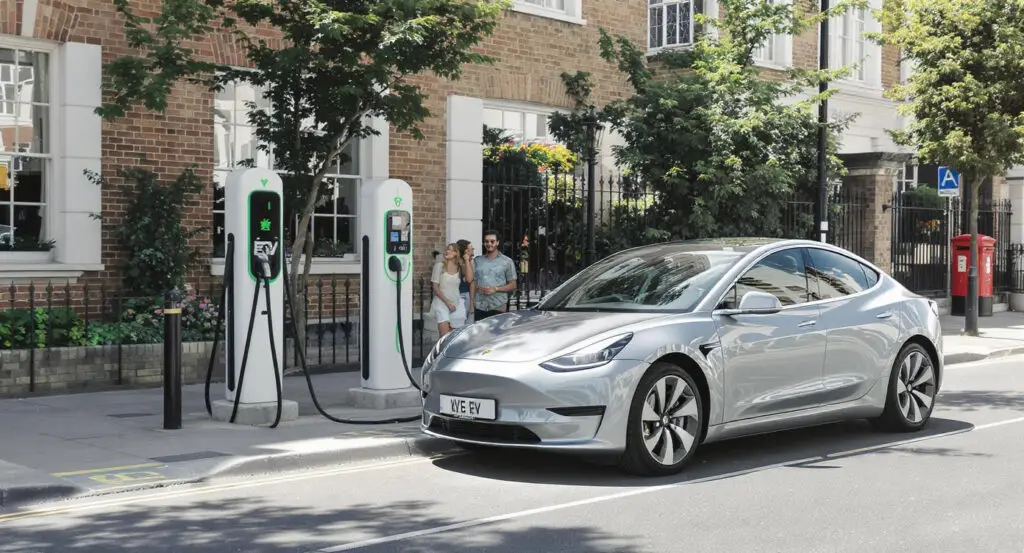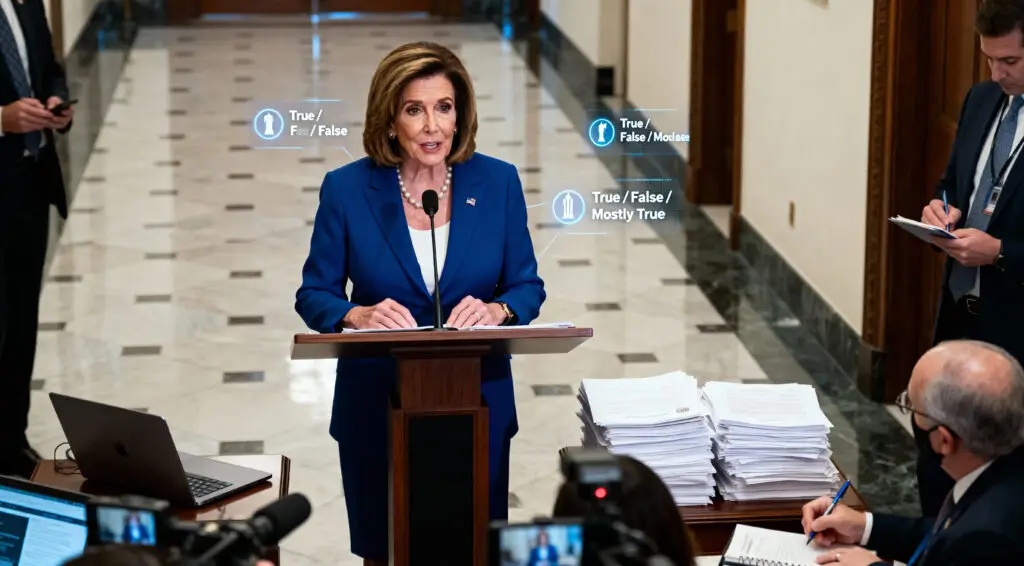A New Subsidy Scheme to Drive EV Adoption
The UK car industry is gearing up for a significant surge in demand, following the launch of a new subsidy scheme designed to cut the price of some electric cars by up to £3,750. This new electric car grant (ECG) is a reboot of a previous state-backed scheme and is a crucial part of the government’s strategy to incentivize drivers to switch to electric vehicles (EVs) ahead of the 2030 ban on the sale of new petrol and diesel cars. With upfront purchase prices and “range anxiety” often contributing to weak consumer uptake, these grants are designed to bring the initial cost of an EV closer to that of a petrol car.
According to officials, making EVs cheaper will give “thousands more drivers access to savings of up to £1,500 a year in fuel and running costs compared to a petrol car.” Robert Forrester, the chief executive of the car dealership group Vertu Motors, a key industry expert, states that “With the average new electric vehicle now costing close to £49,000, the market has drifted away from the everyday motorist. This grant helps correct that, opening access to a wider range of customers by making sub-£40,000 EVs more appealing and financially viable.”
The Two Tiers of Eligibility
The new £650 million scheme is not a one-size-fits-all subsidy; it is structured into two tiers, with eligibility criteria that go beyond just the vehicle’s price. The greenest vehicles, those in “band one,” qualify for a significant £3,750 discount, while “band two” vehicles receive a still-substantial £1,500 discount. All eligible vehicles must have a manufacturer’s recommended retail price (RRP) below £37,000, and the grant only applies to new cars. Tom Jervis, the consumer editor at Auto Express, a leading publication in the industry, clarifies that “price alone isn’t enough” to qualify.
He explains that eligibility also depends on the manufacturer’s commitment to emissions targets, the environmental impact of the battery and production process, and the country where the car and its battery are built. The grant is based on “lifecycle carbon costs,” which means that the country of assembly and battery production play a major role in a vehicle’s eligibility. This strict focus on emissions essentially excludes vehicles made in countries with electricity grids heavily reliant on fossil fuels, such as China, from receiving the highest level of discount, if they qualify at all.
The First Wave of Approved Vehicles and Key Exclusions
Although the scheme was launched formally in mid-July, the full list of qualifying cars is still being compiled. This is because manufacturers must apply to have their models considered for the funding. This week, the government announced the first batch of approved vehicles. The list includes 19 models from four carmakers: Citroën, Renault, Nissan, and Vauxhall. Notable models on the list are the Citroën ë-C3, Renault Megane, Nissan Micra, and Vauxhall Grandland Electric. All of these are currently available at the band two discount of £1,500 each.
However, the strict £37,000 cutoff point significantly narrows the choice for consumers in a market where about 70% of new EVs cost over £40,000. It effectively rules out popular and upmarket models, including the UK’s bestselling EV, the Tesla Model Y, and every other Tesla currently on sale. Luxury brands like Audi, BMW, and Mercedes also have no eligible EVs under the current scheme’s rules. The Department for Transport (DfT) has a dedicated page on the gov.uk website, which it is updating on a rolling basis with the list of approved vehicles, and more models are expected to be added in the coming weeks.
The Ripple Effect: Manufacturer Price Cuts and Incentives
The government’s grant scheme has triggered a powerful ripple effect across the entire EV market, prompting manufacturers to re-evaluate their pricing strategies. Even carmakers whose models are unlikely to make the cut are launching their own price cuts to remain competitive. For instance, the Chinese brand Leapmotor has introduced its own “leap-grant,” with adverts that pose the question, “Why wait for the government?” It has cut the price of its cheapest model, the To3, by £1,500 to £14,495, billing it as the “UK’s most affordable 5-door electric city car.”
It also cut the price of its C10 SUV by £3,750. Other manufacturers have taken more subtle action to ensure their models fall under the price threshold for the scheme. Jervis from Auto Express notes that “Both the Vauxhall Grandland and Renault Scenic were slightly above the cut-off when the grant was first announced, but the entry point for the Scenic range has dropped by £200 and the Grandland by £400 to put both electric SUVs at £36,995.” This strategic pricing demonstrates that the grant is already having its intended effect on the market, driving down prices and making EVs more accessible to a wider range of consumers.
Navigating the Market: Advice for Prospective Buyers
For prospective buyers, the new grant scheme presents both opportunities and complexities. While the grant automatically deducts funds from the car’s list price and requires no extra paperwork from the consumer, choosing an eligible vehicle can be challenging. Jervis highlights that “Eligibility also depends on manufacturer commitment to emissions targets, the environmental impact of the battery and production process, and where the car and battery are built.”
This means that even if a car is priced below the £37,000 threshold, it may not qualify for the grant. The scheme’s design, which penalises countries with high-carbon electricity grids, such as China, means that many Chinese-built EVs may only qualify for the lower £1,500 tier, if at all. This has given manufacturers with a cleaner production footprint, particularly in Europe, a competitive advantage. The scheme is crucial because it applies to both outright purchases and leasing deals, making electric vehicles more accessible to a wider range of private drivers.
A Pivotal Moment for the UK’s EV Transition
The new electric car grant is a pivotal moment for the UK’s transition to a greener economy. The objective is to make budget EVs more attractive to the general public, as opposed to executives who often acquire them through company cars or salary sacrifice schemes. According to Carwow’s Iain Reid, the government’s previous plug-in car grant, which ended in June 2022, helped increase electric car sales by 70% within a year, a strong historical precedent. Reid advises that now is a great time to start researching, as “the car-buying journey takes around 190 days.”
He suggests that being prepared allows consumers to act fast once the grant applies to their chosen model, securing a “definite first-mover advantage.” Robert Forrester from Vertu Motors agrees, stating, “It’s coming at a time when we are, for the first time, seeing cheaper electric vehicles on the market.” The combination of government incentives and manufacturer price cuts suggests that the UK’s EV market is entering a new, more competitive phase, with the grant acting as a powerful catalyst for change.
Read More: UK-India Climate Tech Trade Deal Drives Green Innovation























